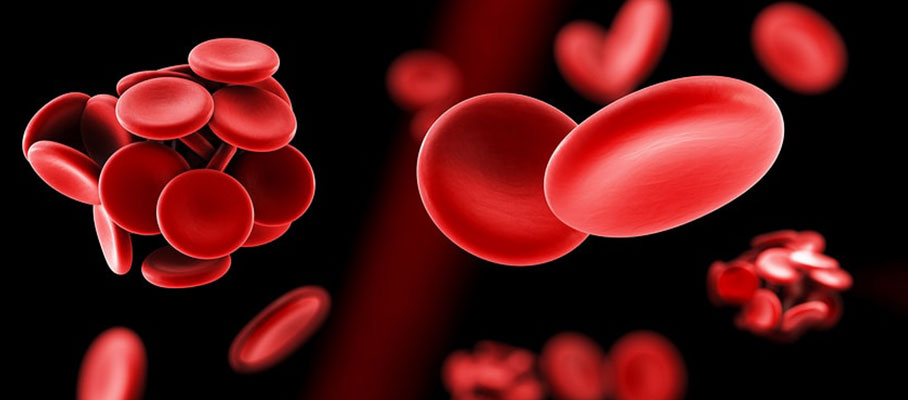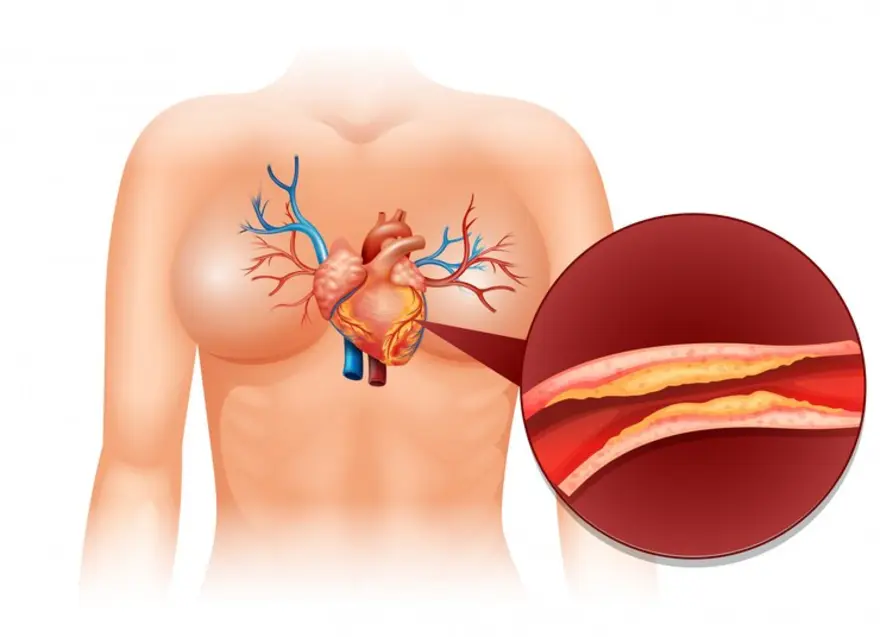Thrombophilia signs and symptoms
Thrombophilia: Symptoms, Types, Test, & Treatment
What is Thrombophilia? When you have cuts or bruises on your body, you must have observed how your body acts immediately- it forms blood clots and stops the bleeding. Broadly speaking, your platelets and blood proteins called clotting factors are responsible for the clot formation. As the cut heals, the clot dissolves. Blood clotting is the body’s natural defence against bleeding but when this happens in an imbalanced way, it can be risky, even life threatening. If clots don’t dissolve naturally or clots are developed even when one is not injured, then you need to be careful and consult a physician. Sometimes, it can be as severe as to give you a heart attack or stroke. Thrombophilia is a medical term for the conditions in which the blood has an increased tendency to clot. It tends to block blood vessels and cut off oxygen supply to your tissues and organs. Book a Thrombophilia Profile test here. What causes Thrombophilia? Thrombophilia occurs if the normal balance of the body’s clotting system is deranged. There may be an excess of a clotting factor, or insufficiency of a substance that prevents clotting. Are there any types of Thrombophilia? There are two types of Thrombophilia; inherited / genetic and the other is acquired. Genetic- this implies either of the parents has passed on the condition.Acquired- they aren’t a result of genes but can happen because of your lungs, kidneyor other organs’ inability to clear the clotting proteins or problems with immuner system.It is very much possible that you have a mixed Thrombophilia, i.e. caused because of genes and partly because of problems with the immune system. Genetic or inherited thrombophilias interact with such clinical risk factors as oral contraceptives, pregnancy, hormone therapy, surgery and cancer to elevate the risk of different types of thrombophilia presentation (deep vein thrombosis, arterial thrombosis, etc.) What do the symptoms look like? The symptoms will depend on the location of the blood clot. Here are some symptoms you must be careful of: Limbs: Pain, swelling, warmth in arms and legs Abdomen: Vomiting, diarrhoea or severe pain in the abdomen Lung: Breathing difficulties, chest pain, coughing blood Heart: Nausea, shortness of breath, pain and pressure in the chest Brain: Vision problems, dizziness, sudden and severe headache How is Thrombophilia diagnosed? One way to know you are suffering from this medical condition is through a blood test. While the test may not fully tell you the underlying cause, it can help identify the condition. Your doctor can also look for abnormal genes and will measure the levels of clotting proteins that you have in your blood. It might also be suspected if any of your blood relatives developed a clot at a young age or if you develop a clot even when you’re perfectly healthy and young. A complete history and physical examination is a must when evaluating individuals with a recent or remote history of thrombosis, with special emphasis given to patient age at onset, location of prior thromboses, and results of objective diagnostic studies documenting thrombotic episodes. Genetic interaction compounds the risk of incident venous thromboembolism. Thus, it may be wise to consider thrombophilia testing for asymptomatic family members known to have a family history of familial thrombophilia. You should refer to a haematologist for better tests advice and sample interpretation. If you have been taking anticoagulants (blood thinning medication), you should wait for 4-6 weeks until you are off these, as they might affect the results. What are the Treatment options available? There isn’t any particular treatment for Thrombophilia, unless you are at a risk of developing a clot or have developed a clot. This risk could be due to multiple factors such as: Age, weight, lifestyle pattern Family history Pregnant or recently delivered a baby Any other medical condition All these factors are taken into consideration when the doctor has to assess how much risk you have and if any, what kind of treatment will work the best for you. Medications may be anticoagulants such as warfarin or heparin, though the former is an oral drug that takes a few days to start affecting, and if you need immediate treatment, heparin which is an injectable medication that can be given in addition to warfarin. If you are on an anticoagulant treatment, you may face complications due to blood thinning. Heparin, aspirin or warfarin may have side effects, such as unwanted bleeding or internal bleeding from the stomach lining. This is why it is paramount that you sit with your doctor and discuss and understand the pros and cons before undergoing any treatment. He will take into account your family history, your age, weight, your individual preferences etc before prescribing you relevant medications. One needs to ensure regular blood tests if being diagnosed by Thrombophilia. Blood tests such as Prothrombin time test and International Normalized Ratio (INR) need to be undertaken. These tests will make sure you take the correct amount of dose, because if your dose is low, it will lead to blood clots, and if your dose is high, it will lead to excessive bleeding. Hence, these tests will help your doctor prescribe the right amount of medicine for you. How to lower the risk of developing clots? You tend to undergo some lifestyle changes if you are suffering from this medical ailment, some of them being: Regular exercise Diet check, healthy weight Limited cholesterol, salt intake Stop smoking Avoid sitting at one place for a long duration Drink liquids, keep yourself hydrated Regular checkups with the doctor Many forms of the disease are usually mild with no complications, and treatments mentioned above have proven successful in treating patients with complications, if they develop any. Early detection and quick and correct treatment can be life saving, it is therefore advised and cautioned to be aware of the symptoms and go for testing and treatment immediately if you are in doubt or suspect any kind of blood clot on your body.
 Home Visit
Home Visit Upload
Upload















 WhatsApp
WhatsApp